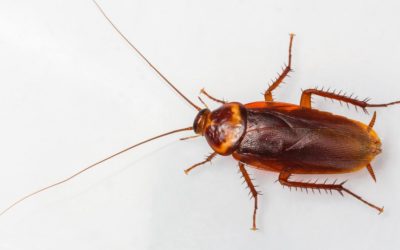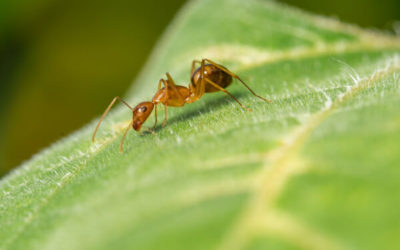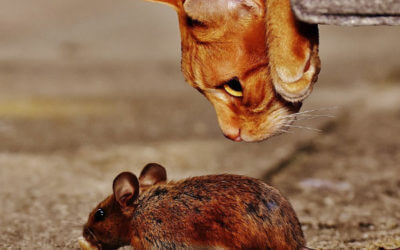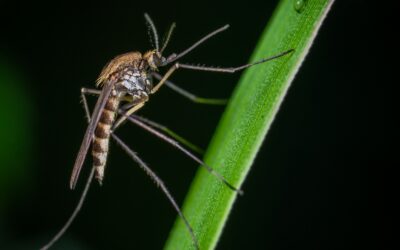
If you see tiny cockroaches, you may have an infestation
No one wants to see cockroaches in their home or place of business. They are one of the most loathed common household pests due to the dirt and disease that they readily spread. Cockroaches carry filth and pick up germs due to all of the contact that they have with garbage, rotten food, drains, and sewers. They are known for carrying bacteria and viruses that cause intestinal diseases such as diarrhea, cholera, dysentery, leprosy, plague, poliomyelitis, and typhoid fever. Cockroaches are attracted to our homes and businesses because they seek moisture, food, and warmth. They also will eat other dead cockroaches.
Finally, cockroaches are also very messy–they tend to vomit portions of their food and also spread feces widely. Once you know how truly disgusting cockroaches are, you understand the importance of preventing an infestation of them. If you see tiny cockroaches, it is vital to act quickly to implement effective pest control methods to get rid of or hopefully prevent further infestation.
Signs of a cockroach infestation
If you see tiny cockroaches, then you may have an infestation. An infestation should be dealt with as soon as possible, because it will grow much more quickly than you would imagine due to how quickly cockroaches can reproduce and move through their life cycle to adulthood.
Here are some other signs of a cockroach infestation to watch out for:
Egg casings:
Cockroaches lay eggs in groups that are stored inside an egg casing. These egg casings can hold anywhere between 10-50 eggs each. You may find an egg casing full of unhatched eggs, or it may be empty and discarded after the eggs have hatched. Egg casings have a long rounded shape and a brownish color.
Odor:
While one roach may not produce much of a smell, a group of roaches can cause a certain odor to build up. The stronger the smell is, the larger the cockroach infestation likely is also. The odor has been described as oily and musty, and it is certainly noticeable.
Droppings:
Cockroaches leave behind droppings that vary in size depending on the size of the insects. Smaller cockroach feces will look like ground coffee or black pepper, while larger cockroach feces will be even more visible.
Dead cockroaches:
Obviously, seeing dead cockroaches is a sign of an infestation. These will most commonly be found under sinks, under kitchen appliances such as stoves and fridges, or in kitchen cabinets.
Live roaches during daylight hours:
If you see live cockroaches scurrying around during daylight hours, this is the most definite sign of an infestation. Cockroaches are nocturnal and typically only scavenge for food and water during nighttime hours. But when their numbers have grown so large that the nests are full, then some roaches may leave the nest during the day instead.
If you suspect that you have a cockroach infestation, contact West Termite, Pest & Lawn as soon as possible to help you deal with this problem before it grows even more distressing. No one wants cockroaches in your home, so be sure to deal with infestations quickly and effectively. We can help!
More posts from West Termite, Pest & Lawn
Deterring Ants from Going Into Your Kitchen
Ants are among the most common household pests, and the kitchen, with its abundant food sources and moisture, is a prime target for these tiny invaders. Understanding how to deter ants from entering your kitchen involves a combination of preventative measures,...
Diseases That Rodents Can Bring
Rodents, while often small and seemingly innocuous, are significant carriers of numerous diseases that can pose serious health risks to humans. These pests, including rats and mice, thrive in various environments, often seeking refuge in human dwellings where food,...
Dealing with Mosquito Season
As the weather warms up, many of us look forward to spending more time outdoors, enjoying our yards, and hosting barbecues. However, with the arrival of summer comes the unwelcome presence of mosquitoes. These pesky insects are not just a nuisance; they can also pose...




Way cool! Some extremely valid points! I appreciate you writing this write-up and the rest of the site is extremely good.